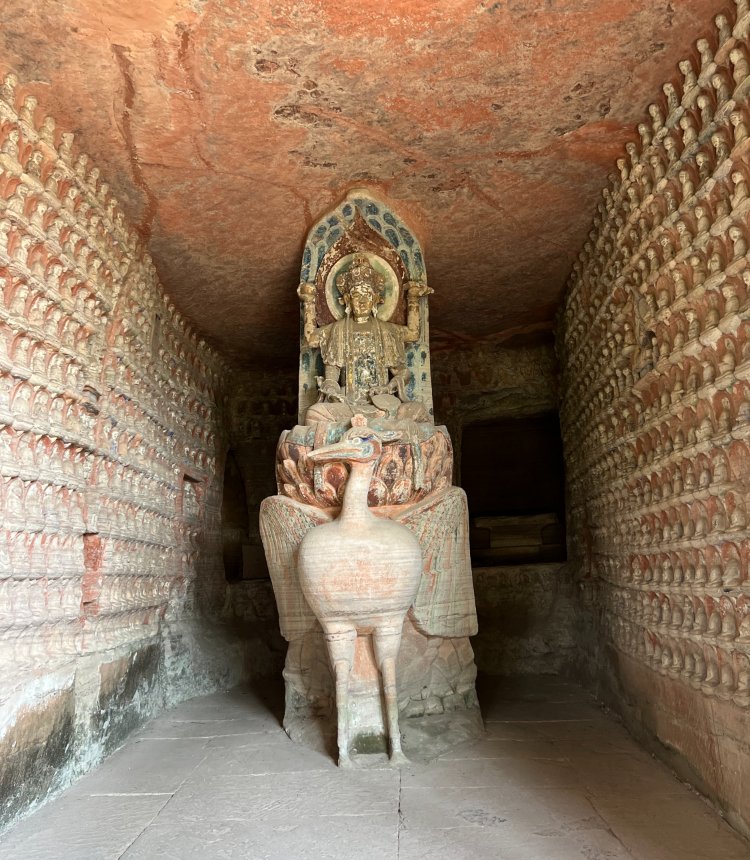Southwest China’s mountainous city of Chongqing is home to a rich historical tapestry with about 100,000 rock carvings that trace back over a millennium. An astonishing 50% of these preserved sites are nestled in Dazu, a suburb roughly 50 kilometers from the city’s heart. The intrinsic value and historical significance of the Dazu Rock Carvings did not go unnoticed by the global community, as they achieved the honor of being recognized as a UNESCO World Cultural Heritage Site in 1999.
According to Liu Xiangao, the vice director of the Academy of Dazu Rock Carvings, the grottoes present in this region stand as a testament to the confluence of Buddhist, Taoist, and Confucian influences in China. Having been sculpted by the people of Dazu thousands of years ago, these artworks beautifully encapsulate the essence of religious secularization and localization of that era.
Recognizing the need for effective conservation and global collaboration, the inaugural International Forum on Cave Temple Conservation was initiated in Chongqing. Set against the scenic backdrop of the Baoding Mountains – an integral part of the Dazu Rock Carvings World Cultural Heritage Site, the forum was an epitome of collaboration. It spanned three days and gathered cultural conservationists from across the globe, including experts from the International Council on Monuments and Site (ICOMOS). Their combined insights were instrumental in shaping the future of rock carving conservation, especially in an era where climate change poses significant threats.
Li Qun, the director of the National Cultural Heritage Administration, emphasized the dire need for global partnerships, given the environmental vulnerabilities associated with rock carvings and grottoes. Mario Santana Quintero, Secretary-General of ICOMOS, further accentuated the significance of the conference, highlighting its pioneering role in bridging the gap between climate issues and grotto conservation.
This spirit of international cooperation was also evident during the signing of the Memorandum of Understanding between the Academy of Dazu Rock Carvings and Pakistan’s Museum of the Government of Khyber Pakhtunkhwa Peshawar. Dr. Abdul Samad from Pakistan commented on the similarities between rock carvings found in a village in Pakistan and the Dazu Rock Carvings, emphasizing the mutual learning opportunities and benefits that transcend the bilateral relationship.
However, preservation efforts for these relics face numerous challenges, particularly from natural forces. Established in 1952, the Academy of Dazu Rock Carvings has spearheaded initiatives to safeguard these cultural treasures from threats like water erosion, prevalent due to the region’s humid climate. Notably, the academy has constructed a nearly 200-meter-long tunnel to prevent water damage to the grottoes. Another significant challenge is the fire damage from centuries of incense burning, a practice rooted in local traditions and religious rituals.
Collaborating with global experts, the academy has been actively working on restoration projects. With climate change intensifying, it’s evident that preserving the rock carvings requires continual, concerted efforts. As Chen Huili, director of the Protection Engineering Center at the Academy, put it, the mission to restore and protect these artworks is a lifelong endeavor.
READ MORE:
